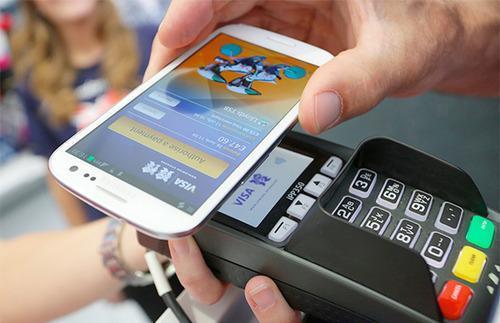This week, as we officially roll into Fall — and head toward October — we have follow-ups and previews. We’re following up on the massive Home Depot card data breach we reported on earlier, since the first reports are coming in on fraudulent charges being made to some of the scooped-up accounts. “Fraudulent transactions are showing up across the U.S. as criminals use stolen card information to buy prepaid cards, electronics and even groceries,” according to the Wall Street Journal.

On the plus side, however, “financial institutions also are stepping up efforts to block the transactions by rejecting them if they appear unusual,” which is good — even necessary — since the article goes on to say that “it still is too early to tell how many instances of fraud will eventually be traced to the Home Depot breach. The flood of recent incidents across numerous retailers means that cardholders may have shopped at more than one merchant that had been attacked, making it difficult to decipher which fraudulent transaction is tied to which breach.”
In a similar vein, the Associated Press ran an article for consumers on “ways to protect your credit card information” the wake of the latest hack. Among the suggestions was to run any debit cards as “credit,” whenever possible: “sign for your purchase instead of typing in your personal identification number at the cash register. You can do this by asking the cashier to process the card as a credit card or select credit card on the display. Not entering your PIN into a keypad will help reduce the chances of a hacker stealing that number too… Crooks can do more damage with your PIN.”
The article also mentions to be careful of “helpful” emails in the wake of such news: “Scammers come out of the woodwork looking to steal personal information. Some emails may mention Home Depot or offer free credit monitoring, but you should never click on the links.” Instead, it suggests, you can go directly to the homepage of the offering / helpful entity yourself, to see if the link is legit.
While such protection tips are always helpful, this is just a preview of an expanded discussion AVPS will be posting, on additional ways to protect yourself from on the merchant side of the equation. Stay tuned!
And finally, in the search for solutions in a fraud-strewn environment, industry newsletter GreenSheet mentions retailers who are looking to bypass cards altogether, and enhance “mobile payment” choices for all their customers.
The article focuses on Macy’s and Subway, in particular, each launching different mobile pay (and shopping/ordering) initiatives this fall. “”The convenience of mobile payment at the point-of-sale is becoming increasingly interesting to customers,” Macy’s said in a statement. 
They’ll be adding a pilot program for same-delivery in Los Angeles and other cities, while Subway will be launching its own system for NFC — Near Field Communication — payments around the same time.
Subway and its partners “cited a recent National Restaurant Association survey that said four in 10 young-adult consumers would likely pay for meals at QSRs (Quick Service Restaurants) with mobile devices if they could.”
With things changing so fast, make sure you’re as up-to-date as possible on the types of payments offered to your customers, and all the ways you keep those payments secure!
Think of AVPS as your “Sherpa” as we journey into the future — that same future that’s already here!








